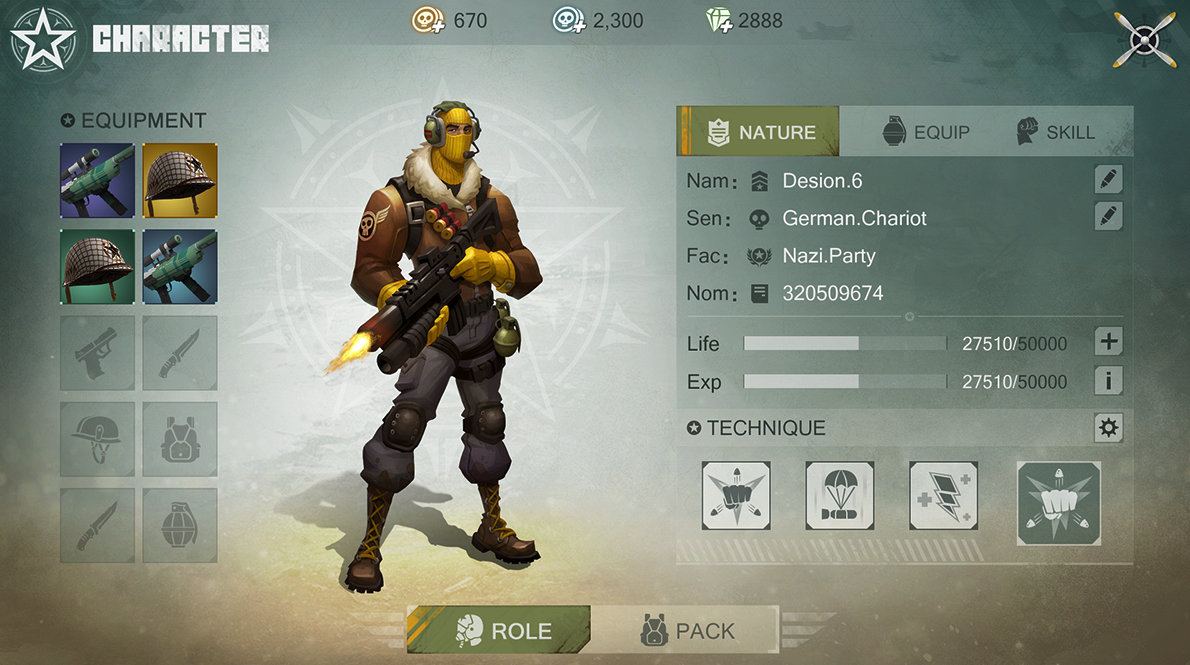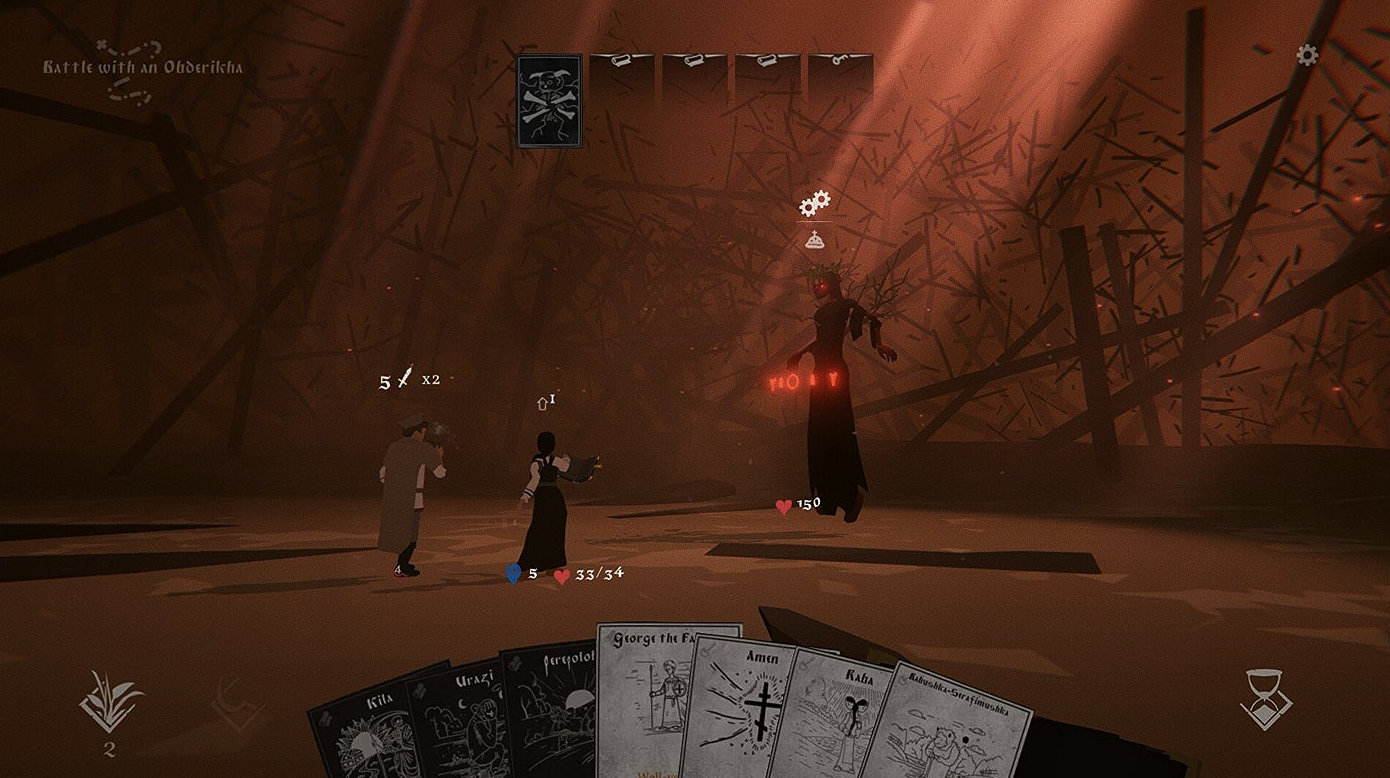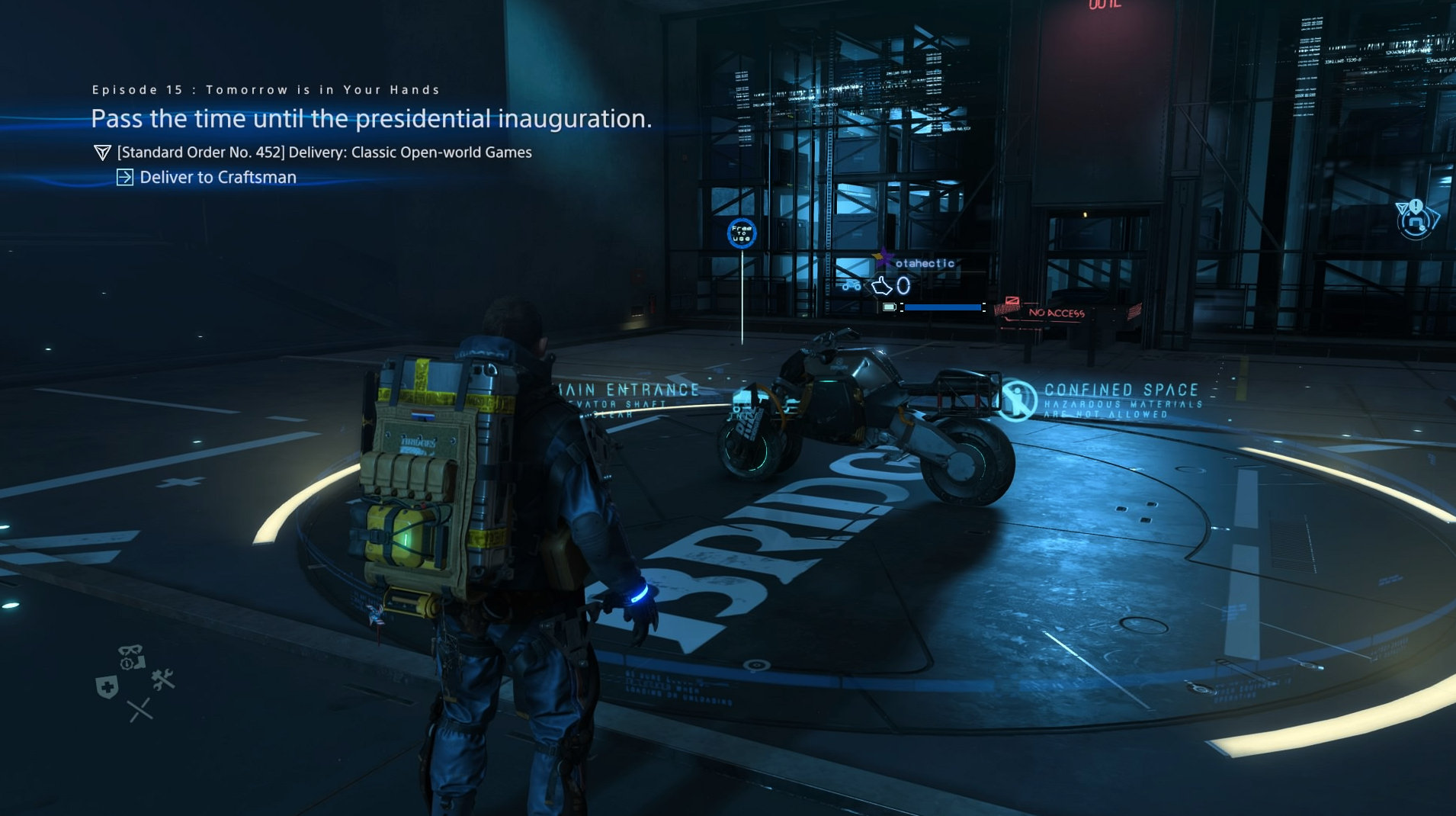Introduction to Visual Language in Gaming
Visual language in gaming serves as a crucial communication tool that encompasses a variety of elements, including color, shapes, textures, and overall design principles. Through these components, games convey deeper meanings, evoke emotions, and guide players’ interactions within the virtual environment. The synthesis of these elements creates a unique visual narrative that is pivotal in the overall gaming experience.
Color is often one of the most immediate aspects of visual language. It sets the mood and ambiance of a game, influencing how players perceive different scenarios. For instance, warmer colors may evoke feelings of excitement or urgency, while cooler tones can elicit calmness and contemplation. Beyond color, shapes and patterns also play a significant role, as they can direct focus, signify importance, or indicate pathways, thereby enhancing gameplay. The clever use of geometric designs or organic forms can significantly affect player immersion and engagement.
Textures contribute another layer of depth, adding realism or stylization that helps to communicate the game’s world and narrative. High-resolution textures may enhance the immersion in a realistic game, while simpler textures might align better with a stylized aesthetic. Combining all these visual elements in a coherent manner is essential for a seamless gaming experience, as players are able to decode the language conveyed through their surroundings.
In immersive environments, visual language shapes the players’ focus and attention, effectively guiding them towards key objectives or hazards. While players navigate through a game, they subconsciously interpret these visual cues, enhancing their understanding of storylines and gameplay mechanics. Consequently, a well-developed visual language can significantly impact player engagement and satisfaction, forging a more profound connection to the virtual landscape.
The Role of Visual Cues in Player Attention
Visual cues play a pivotal role in guiding player attention within the gaming environment. These cues are specifically designed elements that capture players’ eyes and influence their decision-making processes. Game designers meticulously utilize factors such as lighting, contrast, and movement to create a visually compelling experience that not only engages players but also subtly directs them towards critical gameplay components.
The psychology behind attention suggests that players are more likely to focus on areas that are visually striking or contain significant contrast compared to their surroundings. For instance, in many first-person shooter games, bright red indicators might signify danger or the location of opponents, effectively guiding players to necessary actions. This strategic use of color not only captures attention but also influences immediate responses, showcasing the deep connection between visual design and player focus.
Movement also serves as an essential element in directing attention. Games often employ animated features to highlight objectives or elements that require immediate interaction. For example, in adventure games, shimmering objects may indicate collectible items, while pulsating lights can signal crucial pathways. This dynamic behavior interacts with players’ cognitive systems, maintaining their engagement while simultaneously guiding them toward specific outcomes.
Lighting further enhances this aspect by establishing mood and delineating space. For example, dimly lit corridors may create suspense, while well-lit areas can evoke a sense of safety and time for exploration. Developers effectively use shadows and highlights to underscore interactive opportunities, leading players towards critical areas of interest.
By understanding and implementing these visual cues, game designers can profoundly impact player experience, allowing for a more intuitive and engaging interaction with the game world. The strategic integration of visual elements forms an essential dialogue between player and developer, facilitating a richer gaming experience.
Creating Emotional Connections through Visual Design
Visual language plays a crucial role in the emotional experience of players within video games. It serves as a medium through which narratives unfold, facilitating connections between the players and the digital environments they traverse. The careful selection of colors, shapes, and designs significantly impacts how players perceive and engage with the story being told, allowing for a more profound emotional resonance.
Character design, for instance, goes beyond mere aesthetics; it encapsulates the essence of a personality and can evoke empathy and connection with players. An intricately designed character, displaying unique visual traits and expressive features, can elicit immediate emotional responses. When players see a character that reflects vulnerability or strength, they are more likely to immerse themselves in the character’s journey, which in turn enriches their overall gaming experience.
Environment aesthetics also play a pivotal role in crafting emotional landscapes. A game’s setting can evoke a diverse range of feelings; for example, a dark, claustrophobic dungeon can establish tension and fear, while a vibrant, sprawling meadow can invoke a sense of peace and exploration. Environmental storytelling, enhanced through visual design, allows players to gather emotional insights about their surroundings, facilitating a deeper connection with the game world.
Moreover, the cohesion between character and environment design fosters a holistic visual narrative. Art direction choices such as style, lighting, and color palettes must align to create an immersive universe. This synergy enables players to engage with the content on an emotional level. When these visual elements come together seamlessly, players become more invested in the story and its themes, allowing for a richer gaming experience that transcends mere interaction. Ultimately, effective visual language not only enhances storytelling but also forges lasting emotional ties between players and the games they cherish.
Visual Language and Game Mechanics: A Harmonious Relationship
The interplay between visual language and game mechanics is a fundamental aspect of modern video game design. Visual language encompasses the visual elements and symbols that convey meaning to players, while game mechanics are the rules and systems that govern gameplay. When these two elements synchronize effectively, they can create an immersive experience that enhances player engagement and understanding.
Designers often utilize visual elements to represent actions and inputs intuitively. For instance, a brightly colored button on a user interface can indicate interactivity, guiding players to take necessary actions without the need for extensive instructions. This approach not only streamlines the learning curve but also allows players to focus on gameplay instead of deciphering complicated controls. Visual cues such as icons, animations, and color palettes can reinforce the mechanics of a game, making the connection between the player’s actions and the game’s reactions clearer and more immediate.
Furthermore, feedback through visual language is crucial for keeping players informed about their performance within the game. For example, health bars, power-ups, and objectives are often visually represented to signal to players their status and the next steps needed to advance their progress. This constant visual dialogue encourages players to remain engaged and enhances their overall understanding of the game environment. Because visual language operates as a silent guide, it can significantly impact decision-making, leading to more fluid and enjoyable gameplay experiences.
Incorporating visual language with precise game mechanics allows designers to cater to a diverse range of players, each with unique play styles and learning preferences. By focusing on creating intuitive visual representations, developers can enhance player focus, reduce frustration, and ultimately create a more coherent and enjoyable gaming experience.
Balancing Aesthetics and Functionality
In the realm of game design, the integration of visual aesthetics and functional gameplay is paramount. Designers frequently grapple with achieving a balance that not only captures the player’s attention but also ensures an engaging and intuitive gaming experience. Visually striking graphics can indeed enhance the overall appeal of a game, yet there exists a fine line; when aesthetics overshadow functionality, the end result can detract from user experience. This phenomenon is often observed in games where stylized designs create stunning visuals but hinder gameplay clarity, thus obstructing player engagement.
For instance, titles that employ overly intricate interfaces or elaborate art styles may confound players rather than guide them. Inappropriate use of color contrasts or complex animations can make it difficult for players to navigate crucial gameplay elements, resulting in frustration rather than enjoyment. One example substantiating this notion is the game “Shadow of the Colossus,” which is lauded for its breathtaking visuals but also criticized in instances where environmental details obscure the player’s view of objectives. Balancing aesthetics in such a manner that they enhance rather than obscure gameplay is critical to maintaining player focus.
Furthermore, the significance of usability cannot be overstated. Games that value functionality alongside aesthetics often achieve higher player satisfaction. Designers should aim for a seamless integration where every beautiful element serves a purpose, thereby contributing positively to gameplay. In this vein, a harmonious balance not only fosters immersion but also supports player guidance and interaction. It is essential for game developers to consider the implications of aesthetic choices on functionality, ensuring that beauty complements the playability of their creations. Ultimately, a well-crafted game experience thrives on this delicate interplay between visual language and user engagement.
The Evolution of Visual Language in Gaming
The journey of visual language in gaming can be traced back to the formative years of the industry, where rudimentary pixel art defined the aesthetic characteristics of early games. Titles like “Pong” and “Space Invaders” utilized simple two-dimensional graphics, where gameplay was paramount, and visual language served the function of representing game mechanics distinctly. This era primarily laid the groundwork for how visual elements would communicate game objectives to players.
As technology progressed, so did the complexity of graphics. The introduction of 8-bit consoles in the 1980s brought a more colorful palette and character-oriented designs that resonated with players on a more emotional level. Games such as “Super Mario Bros.” and “The Legend of Zelda” showcased an evolving visual language, where each color and pixel contributed to world-building and character development, fostering deeper player engagement. The shift from simplistic visuals towards more intricate designs marked a key milestone in gaming history.
The 1990s and early 2000s introduced a significant transition from 2D to 3D graphics, fundamentally altering visual language. With the advent of powerful hardware, game developers began to explore realistic environments and character models, as seen in games like “Final Fantasy VII” and “Half-Life.” This transition created a more immersive experience and refined player focus, allowing players to navigate richly detailed worlds, where visual cues guided their interactions.
In recent years, the progression towards photorealism has further pushed the boundaries of visual language. The use of advanced rendering techniques and graphics engines has enabled developers to craft breathtaking visuals, akin to immersive art forms. Notable titles such as “The Last of Us Part II” exemplify how sophisticated visual language not only enhances gameplay but also shapes the narrative and emotional undertones. Overall, technological advancements have continually influenced visual language, shaping the experiences players cherish today.
Case Studies: Successful Use of Visual Language in Games
The influence of visual language in gaming is paramount, serving as a guide that helps players navigate through complex narratives and gameplay mechanics. This section will explore several notable case studies of games that excel in visual communication, showcasing how their unique design elements enhance player focus and engagement.
One exemplary case is “Journey,” developed by Thatgamecompany. The game’s visual language employs a minimalistic art style characterized by vast, desolate landscapes and warm color palettes that evoke emotions and drive player exploration. The absence of explicit guidance draws players into a shared yet solitary experience, allowing them to interpret their journey through the rich symbolism layered throughout the environment. As players traverse the dunes, they instinctively learn to focus on visual cues such as glowing landmarks and shimmering trails left by other players, seamlessly connecting the visual experience to gameplay objectives.
Another significant example is “Gris.” This game utilizes a gorgeously hand-drawn aesthetic that evolves through a chromatic journey reflective of emotional growth. Each color represents a different chapter in the protagonist’s emotional state, with visual motifs that communicate themes of loss and recovery. The seamless transformation of the environment encourages players to connect emotionally with the narrative, enhancing player focus by immersing them in an evocative visual story that harmoniously blends art and gameplay. This approach showcases how color and design elements can be manipulated to influence a player’s emotional response while guiding their attention in real-time.
Lastly, “Celeste” stands out with its vibrant pixel art style and clear visual language that highlights obstacles and platforms. The use of contrasting colors not only enhances player navigation but also creates a supportive atmosphere through its representation of mental health struggles. The intentional visual cues help players remain focused on the challenges ahead, fostering a sense of accomplishment and resilience as they progress through the game’s emotionally driven levels.
These case studies illustrate the profound impact that visual language can have on player engagement, providing crucial insights into effective design practices that prioritize player focus through art-driven storytelling.
Challenges and Considerations for Designers
Game designers confront numerous challenges when implementing visual language to create engaging player experiences. One significant hurdle arises from cultural differences in visual interpretation. Symbols, colors, and imagery can convey distinct meanings across various cultures, potentially leading to misunderstandings or unintended offense. Designers must conduct thorough research into the cultural contexts of their target audience to ensure that visual elements resonate positively with players worldwide. Furthermore, consulting diverse teams during the design process can provide insights that mitigate these cultural pitfalls.
Another vital consideration is accessibility. Designers must create games that can be enjoyed by players with varying abilities, which often necessitates thoughtful integration of visual elements. This includes ensuring that text is legible, providing clear visual cues for gameplay mechanics, and incorporating features like color-blind modes. By prioritizing accessibility, designers can foster inclusivity and ensure that players from different backgrounds are equipped to engage with the game equally, enhancing the overall user experience.
Moreover, designers must navigate the challenge of avoiding visual overload. In an effort to communicate complex ideas quickly, it can be tempting to incorporate numerous visual elements. However, excessive graphics or cluttered interfaces can overwhelm players, hindering their ability to focus on gameplay. To counter this, designers should prioritize clarity by streamlining visual information, using contrasting colors to highlight crucial elements, and employing intuitive design layouts that guide the player’s eye naturally.
By addressing these challenges and considerations, game designers can effectively implement visual language that not only captivates players but also ensures a more inclusive and meaningful gaming experience. Striking the right balance between cultural sensitivity, accessibility, and visual clarity ultimately leads to games that are engaging and respectful to a diverse audience.
The Future of Visual Language in Interactive Entertainment
The evolution of visual language in interactive entertainment is poised to experience significant transformation in the coming years. As gaming and other forms of interactive media continue to advance, emerging technologies such as virtual reality (VR) and augmented reality (AR) are at the forefront of this evolution. These innovations will fundamentally alter how designers convey narratives and engage players visually, thereby redefining the user experience.
One prominent trend is the increasing integration of immersive environments facilitated by VR and AR. For instance, VR environments allow players to step into the game world, creating a direct visual dialogue between the player and the interactive elements. Designers will need to develop visual languages that guide players intuitively using spatial cues, lighting, and color. Effective visual communication will become paramount in helping players navigate these immersive settings seamlessly.
Moreover, the rise of user-generated content will further shape visual language. As players increasingly become content creators, they will influence the stylistic choices that characterize future games. This democratization of design could lead to a richer tapestry of visual languages that reflect diverse cultural influences and personal interpretations, significantly altering the gaming landscape. The challenge for designers will be to strike a balance between personal expression and cohesive game design, ensuring that the visual narrative remains fluid and engaging.
Finally, artificial intelligence (AI) and machine learning hold potential to enhance the visual dialogue in interactive media. By analyzing player behaviors and preferences, designers can create adaptive visual experiences tailored to individual users. This emerging capability allows for a higher level of personalization, ensuring that players feel more connected to the game world and its narratives. Overall, the future of visual language in interactive entertainment appears promising, driven by innovation and a deepening understanding of how visual elements can enhance player engagement.


